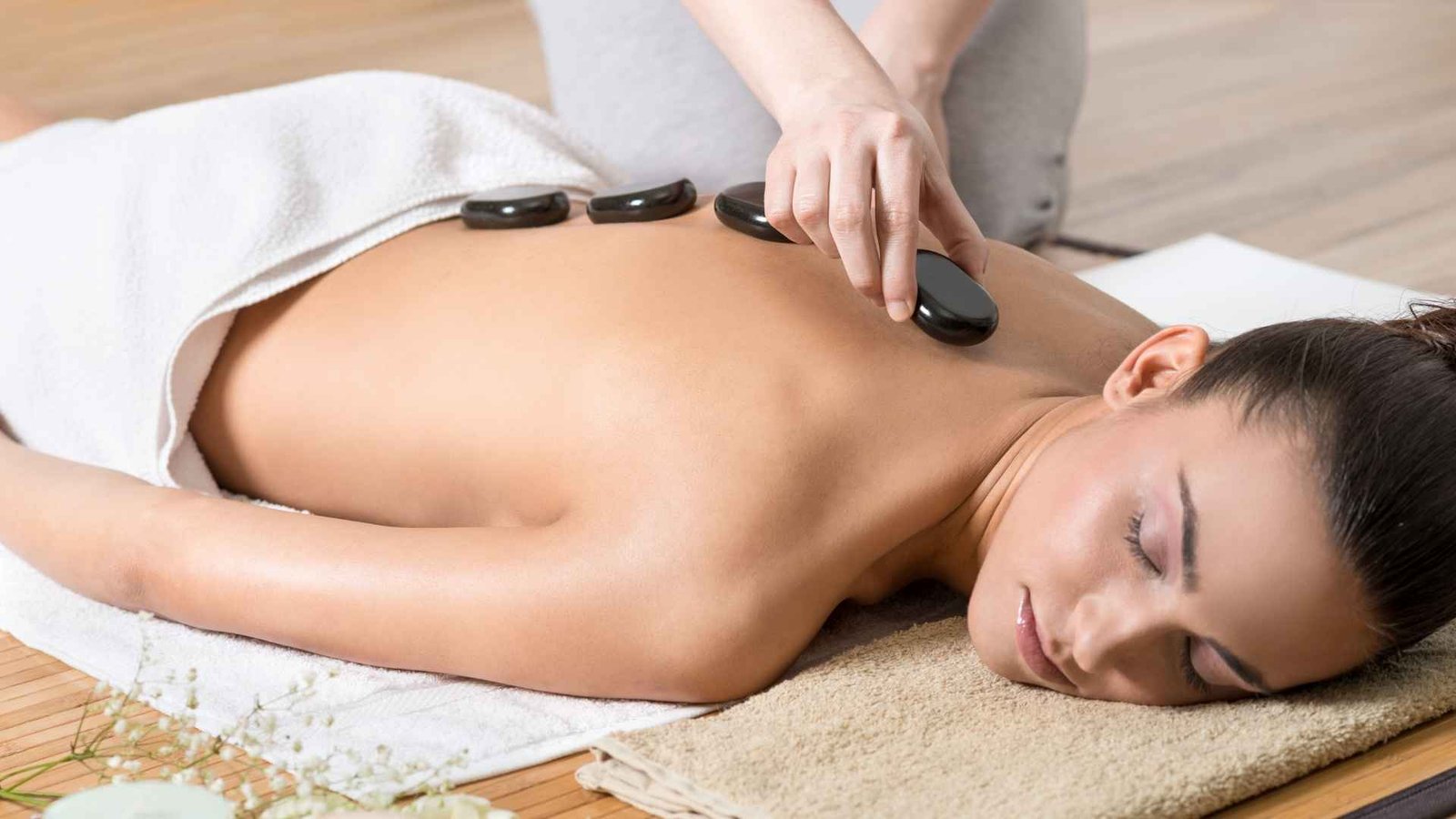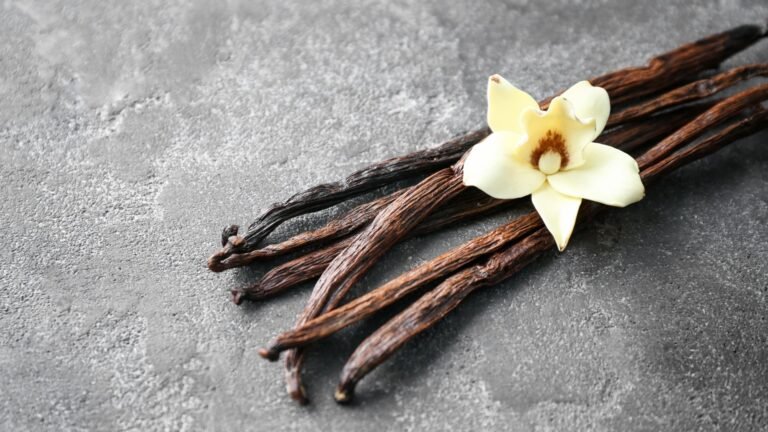Nothing better than receiving a good massage at home to relieve the tensions of a long day at work. We are going to learn step by step the techniques that professionals do to reproduce them at home!
It’s important that the masseur maintains a rhythm in the treatment so the patient can relax. The constant rhythm makes the patient know what to expect, what comes next so there are no surprises, he feels nothing is going to harm him and stops being in an alert position. The therapist must control his breathing, be relaxed, with an attitude and intention to help, to give pleasure. It’s interesting to apply the movements that you feel are most satisfactory, basically doing to the other what we like to receive. Massage is a way of giving love and energy. The patient must also breathe calmly and be relaxed in order to be receptive to treatment. If he is defensive, the therapist should help him relax.
ENVIRONMENT
It is important to create a climate that favors relaxation, controlling all factors:
– Relaxing instrumental music
– Scented candles
– Dim light
– Comfortable temperature
– An orderly, clean environment and as clear as possible, so there are no visual stimuli or distractions
– Turn off cell phones and make sure there are no interruptions during massage time
– You can use a wet towel previously heated in the microwave for 30 seconds applying heat to the treated area (check that the towel is not too hot for the patient).
LEVEL OF PRESSURE
The massage begins with soft, superficial movements and gradually increases the level of intensity. It’s very important to ask the patient if the pressure that the masseur is applying is correct, or if he should apply more or less pressure. In general, women tolerate more pressure than men, however, this depends on the sensitivity and tastes of each person. For the massage to be pleasant and satisfactory, the masseuse must respect the indications and apply the level of pressure desired by the patient. Massage should never cause pain. If it causes pain, it’s because the technique is not being applied well or the pressure level is not right for that person.
EFFLEURAGE
This is a Swedish technique usually used to start the massage, the approach must be soft, progressive. It consists of a series of long, sliding and circular strokes and gentle pressure over the entire area in order to warm up the muscles and tissues of the body. The massage begins by spreading the oil with the palm and fingers extended through movements around the spine, shoulders, arms, neck, etc. With the effleurage technique, we stimulate blood circulation in the area to be treated. You can gradually apply more pressure, especially over tense areas. It should be noted that once the massage begins, contact with the patient should not be lost. In other words, even when placing oil or changing position, at least one hand must continue to massage or be in contact with the area to be treated.
FRICTION / VIBRATION
In this technique, heat is applied to the area, through friction movements and vibrations that promote muscle relaxation. This type of massage, performed superficially, can be applied before advancing to a higher intensity. Friction can also be done while pressing on a contracted area, which relieves pain.
PETRISSAGE
Once the area has been heated, the petrissage is carried out, which means kneading. To do this, the whole hand is used using the thumb to pinch the skin and massage the different areas. Both hands are often alternated. The petrissage is more intense and deep, it seeks to decontract tense areas, stretch the muscle fibres. In the petrissage, you can use all the palm of the hand or the fingers. Also in some cases, the pressure is alternated, with the realization of twists, taking the area and slightly pulling the skin upwards, separating it from the bone. The petrissage includes trailing grips (this technique is useful for the treatment of cellulite without using oil -skin rolling-).
TRIGGER POINTS
When the masseur detects tension and contracture in an area, he can apply static pressure using his thumb and hold the point for a few seconds. To increase the pressure on the trigger point, the other thumb can be placed on top or next to each other, or the palm of the hand can be placed over the thumb. The knuckles or elbows can also be used to apply localized static pressure over trigger points. This stimulates circulation in the area, because it forces the blood to leave the area and then return, achieving a pumping effect that relieves pain.
HOT STONES
Professionals have machines to heat the stones, but they can also be heated by immersing them in hot water for a few minutes. They are removed from the water with a tweezers and placed on a towel for a few seconds to dry and to wait until they are at the right temperature for the massage. The stones are used oiled and must not have roughness that could damage the patient’s skin. The movements with the hot stones are those of effleurage at the beggining without pressure, in each movement the stones are rotated so the area with more caloric energy is in contact with the patient. Both sides of the spine are covered, the scapulae, the lumbar, etc. They are applied in turn from the edge to both sides of the column outwards with light pressure. They can also be used to press trigger points, massage a specific area with the edge of the stone, or apply pressure along with vibration. You can place the stone with one hand and add intensity to the movement with the other hand. Many times they are placed on tense points on the back and are left static for a few minutes so the heat relaxes the area. Stone-to-stone taps are also made in stressed areas to transmit an electrical impulse.
TAPONEMENT
This technique is exhilarating. Light taps are applied with the side of the hands, using both alternately or with the hands pointing downward to form a cavity. It’s normally used at the end of the massage, to awaken the patient and stimulate their muscles after deep relaxation.
BACK MASSAGE
– To massage the lumbar area, one of the movements is to slide with pressure from the spine towards one of the sides with the palm moving towards the side while with the other hand the movement is the opposite, from the side towards the spine. It’s repeated several times alternately.
– Continuing with the lumbar area, another movement is to slide the palms to the sides on both sides of the spine. The movement is repeated several times.
– Another technique to deepen the massage in the lumbar area is to slide the open hand with the interspersed fingers of the other hand on top to provide intensity, massaging from the spine to the sides, first on one side of the spine and then towards the other.
– Using the same position of the hands, with the open hand and the interspersed fingers of the other hand on top to increase intensity, massage from the base of the spine towards the sides of the spine and up where the ribs begin, first one side and then the other.
– Press the sacrum with the palms. Lumbar muscles, which are often stressed, are inserted into the sacrum.
– If the lumbar muscles are very contracted, bringing the leg to the patient’s chest relieves the pressure. The masseur can also help you stretch the buttocks with the leg crossed.
– To massage the muscles that surround the spine, you can use your fingers index and major pressing with the other hand up, on both sides of the spine from the lower part to the neck.
– Slide the thumbs on both sides of the spine from the neck towards the base of the spine or vice versa, returning through the side with the whole hand to repeat the movement. For this technique you can also use the index and the middle finger of both hands on each side of the spine.
– Use the palms of the hands from the base of the spine on both sides of it, they slide pulling upwards until they reach the neck, returning through the sides with the whole hand.
– Forearms on both sides of the spine, regulate the pressure according to the patient’s wishes.
– Elephant step: A walk is generated with the fists. It can be applied to both sides of the column.
– Elbow on both sides of the spine being very careful not to press on the spine.
– On the side in the middle of the patient, forearms towards the scapula and the other towards the lower back.
– On the patient’s side, one forearm fixed on one buttock and the other slides towards the neck.
– To massage the trapezoids alternate tweezers are made using both hands.
– Press the trapezius and hold using the thumbs and the rest of the fingers in the form of a pincer.
– Knuckles from the junction of the trapezius with the scapula towards the beginning of the neck.
– To work the neck you can make clamps to one side and towards the another, gently.
– Use your knuckles gently on both sides of the neck.
– Massage the neck with the side of the hand where the little finger is from the base of the neck up, where the hair begins.
– Sliding pressure from the shoulder to the nape with the knuckles, passing through the trapezoids.
– To massage the shoulder, pressures can be made alternating both hands with the thumb in the form of forceps to take the tissues.
– To massage the scapulae you can start by sliding your hand in the shape of claw by the inter scapular musculature
– Slide the thumbs around the scapulae, place the patient’s forearm on the spine and repeat the process for a deeper massage.
– Slide both thumbs side by side around the entire contour of the scapula.
– You can also massage the area where the scapula is inserted under the arm that is usually contracted using the fingertips.
– Press the buttocks with your fists. Normally in this type of pressure a towel is used on the patient.
HAIR MASSAGE
Hair massage is also done with oil. If applied to a woman, the hair must be previously detangled. Hair massage promotes circulation and therefore prevents hair loss.
– Alternating circular movements with both thumbs
– Straight movements with both thumbs drawing lines.
– Use the fingertips in a claw motion, applying pressure and making circular movements.
– Slide the open palms from both sides of the head until crossing the fingers at the top of the head.
– Use your palms to massage the nape of the neck with vibratory movement. Always avoid working on the spinal area.
– Tap the head with the fingertips and both hands relaxed.
– Make a walk with the fingers applying pressure from both sides of the head until they meet in the center.
– Press the skull with both palms from opposite sides.
IMPORTANT CLARIFICATIONS
-The masseuse must use the weight of his body to give intensity to the massage. In this way he can manage his energy to be able to maintain the rhythm throughout the session.
-The masseur must always take care of his posture to avoid hurting himself. If necessary he should bend his knees to prevent the exposure of his back to injury.
– Masseuse should not exert pressure or massage the spine directly, he does work the muscles on both sides.
– The masseur must indicate to the patient that in the face of any type of pain or discomfort he must transmit it immediately, in order to adjust the pressure level.
– The masseur must guide the patient to make deep inhalations and exhalations, helping him to relax.
– Massage may be contraindicated in some cases of pregnancy, diabetes, infectious diseases, inflammations, bruises, skin diseases, thrombosis, recent fractures, open wounds, epilepsy, low pressure, neck injuries, infections or under a certain type of medication or treatment. Consult your doctor before taking a massage if you have any type of disease or pre-existing condition. For this reason, spas and masseurs ask the patient to complete a form informing health status, indicating if they are in conditions to have a massage along with a liability exemption. Possible allergies to the oils used in practice are also investigated in the form.
ILLUSTRATIVE VIDEO COMING SOON…




